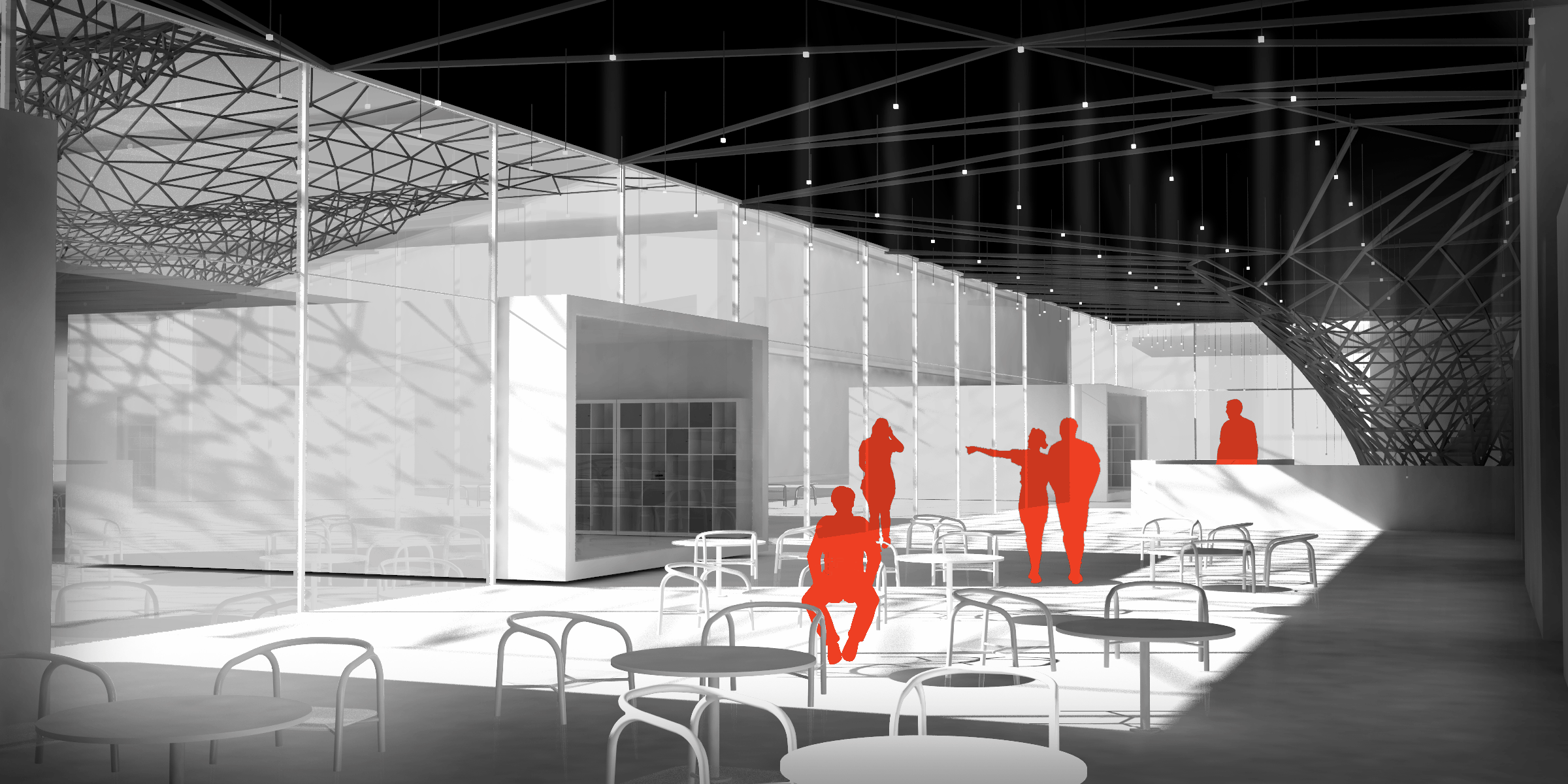
Up until now, space architecture has been mainly focused on engineering, centered on projects like orbital space stations or Martian exploration convoys, commissioned by world space agencies such as ESA (Europe) or NASA (USA). But in recent years, an increasingly broader spectrum of professionals (e.g. architects, sociologists) as well as entrepreneurs and investors (not all well intentioned) have joined the challenge of designing extraterrestrial built environments, the new space race of the 21st century.
The fast development of technology, the increase of world population and the climate change crisis create the perfect setting to think about life outside of our planet, and as these trends continue to evolve and converge, new opportunities to explore options beyond our traditional limits appear (NEOM), as well as new organizations which support this research (like SATC, SICSA). Even though no one is currently on Mars, many ongoing projects and simulations (MARS-ONE, Mars City Science) are already exploring how we will design, build and inhabit the new realms of humanity in outer space.




